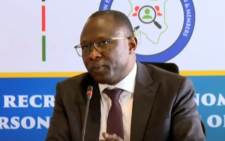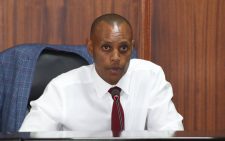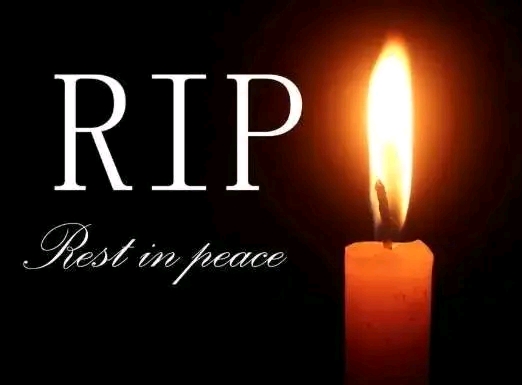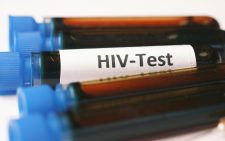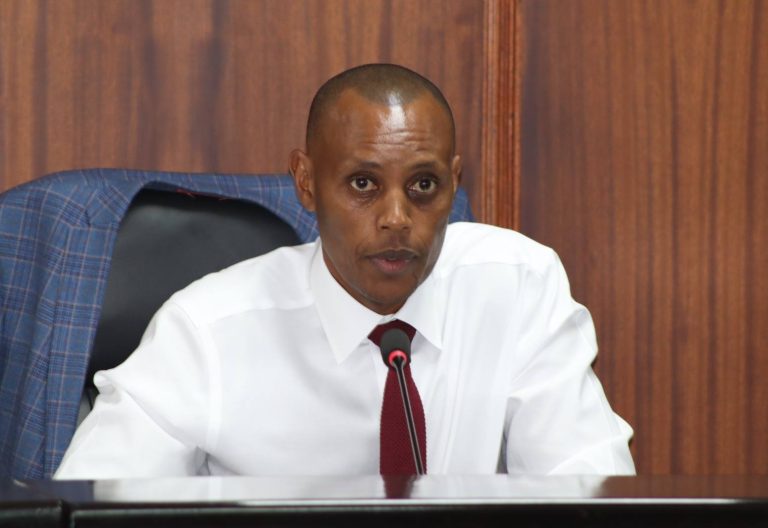CS: Kenya risks 50,000 new HIV cases due to funding gap

Kenya risks having 58,495 new HIV infections by 2030 if donor funding is reduced or cut off.
This even as the Ministry of Health urged counties to set aside funds to aid the transition from donor-funded programmes.
The switch came after US President Donald Trump charged that the United States Agency for International Development (USAID) expenditure is unexplainable and threatened to shut it down.
Some 1.4 million Kenyans live with HIV and are on Anti-retroviral Treatment (ART), while Tuberculosis (TB) contributes to 23,500 annual mortalities among them 20,000 attributed to HIV.
According to Health Cabinet Secretary Debora Barasa, malaria contributes to 12,000 deaths per year (2022) with a projected increase due to climate change, while some 6.2 million rely on Family Planning annually with 40 per cent still unreached.
The Health CS while making a presentation during the first health summit of the year yesterday said that vaccine coverage currently stands at 77 per cent, adding that the programme is currently under transition from donor to government funding.
Barasa explained that the Global fight against HIV, TB, and malaria, is mainly supported by the US President’s Emergency Plan for AIDS Relief (Pepfar), the President’s Malaria Initiative (PMI) under USAID, Global Fund, and United Nations Programme on HIV and AIDS (UNAids) all deriving significant funds from US government.
“Kenya relies heavily on these donor-driven vertical health programmes. The Stop Work Order disrupted US government funding worth Sh30.92 billion,” said Barasa.
The Sh30.9 billion donor-funded healthcare programmes consist of human resources for health Sh5.8 billion per annum, Health products and Technologies (HIV, TB and Malaria) at Sh12.6 billion while other health products and technologies –Oxygen, laboratory, cervical cancer and Covid-19 is Sh3.7 billion.
Critical databases
Other donor-funded items include in-country distribution costs of commodities supported by the US government Sh2.26 billion, data systems Sh139 million, Blood and Blood products Sh2.7 billion, Family planning Sh598 million, Nutrition Sh2.88 billion and Vaccines at Sh585 million.
“The US government funds Sh139 million for critical health databases namely Kenya EMR, MFL, KHIS, Damu Ke, Chanjo Ke, Afya Ke and the LMIS used by Kemsa. We are transitioning this into the health digitisation project,” reads part of the Ministry of Health’s presentation.
With the World Bank’s support of Sh2.8 billion ending in March 2025, the ministry is now recommending secure alternative funding to prevent maternal mortality increases.
The Ministry of Health is further painting a grim picture in the provision of affordable medical care saying that some Sh11.6 billion funding is at risk from GAVI and the US government.
GAVI, the Vaccine Alliance, is a public-private partnership that helps vaccinate half the world’s children against some of the world’s deadliest diseases.
“The ministry is recommending a disbursement of Sh2 billion immediately and allocate Sh2.5 billion for GAVI compliance,” the CS said.
For Family Planning, the Ministry of Health argues that it will require a budget of Sh2.4 billion if US funding of Sh598 million is cut off. Currently, the Kenyan government is contributing Sh508 million with Sh1.74 billion funding gap.
The ministry is now recommending an allocation of Sh598 million for continuity and is considering Sh1.74 billion to be factored in the 2025/26 Financial Year.
On nutrition, the government requires a domestic allocation of Sh4.96 billion given that Sh2.88 billion from the US government is at risk.
Barasa said that the US government contributes Sh24.9 billion to Kenya’s Sh79.8 billion health commodity need.
Barasa is now recommending an engagement in diplomatic interventions for clarity/waiver/orders/continuity of funding and the National Treasury should allocate Sh24.9 billion for commodities previously funded by the US administration.
“There is a need to disburse Sh2 billion allocated and allocate additional Sh2.5 billion for the vaccines to avert funding freeze by GAVI the Vaccine Alliance,” said Barasa.
However, Deputy President Kithure Kindiki assured Kenyans that development partner policies will not disrupt services and called for collaboration among stakeholders, including county governments, government agencies and international partners, to ensure the success of Universal Health Coverage (UHC).
“We must all work together to make this vision a reality. We are not leaving anything to chance,” he stated.
While acknowledging the financial challenges in rolling out comprehensive health coverage, Kindiki said that the government is working on measures to ensure sustainable funding including provisions in the forthcoming supplementary budget, particularly for emergency care, chronic illnesses and critical care.
“We are taking feedback from stakeholders and incorporating it into our budget planning. The upcoming supplementary budget will address financing gaps to ensure all Kenyans benefit fully,” he affirmed.
He disclosed that 19.5 million Kenyans are now enrolled in the national health programme, with all of them receiving free primary health care.
The DP noted that while progress has been made, more needs to be done to ensure all registered individuals actively contribute to unlock additional benefits beyond primary care.

